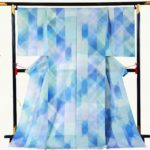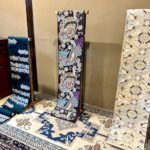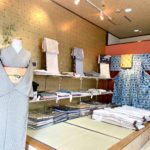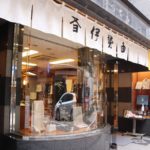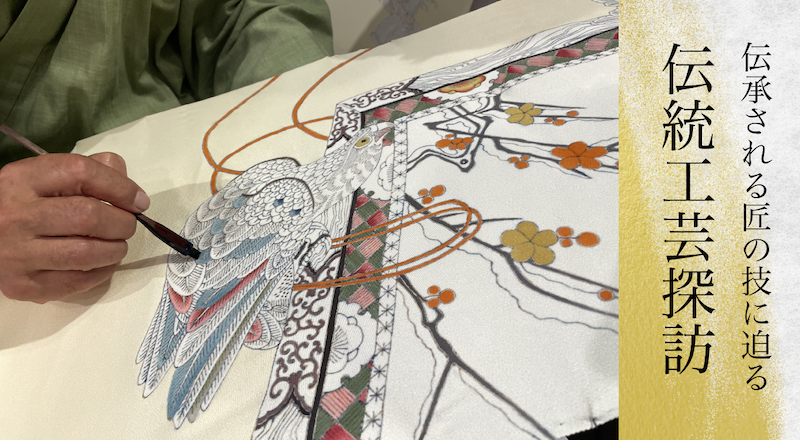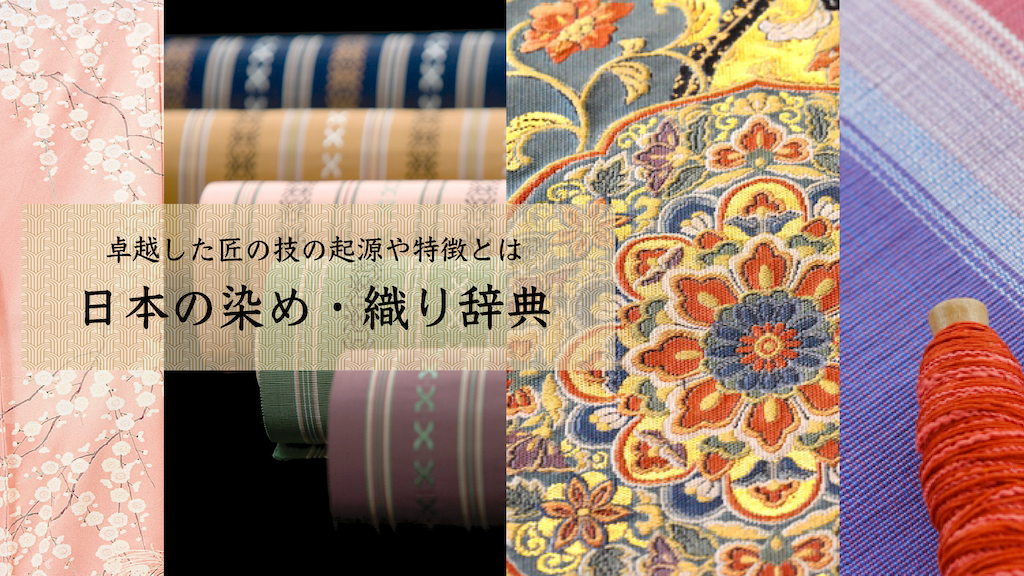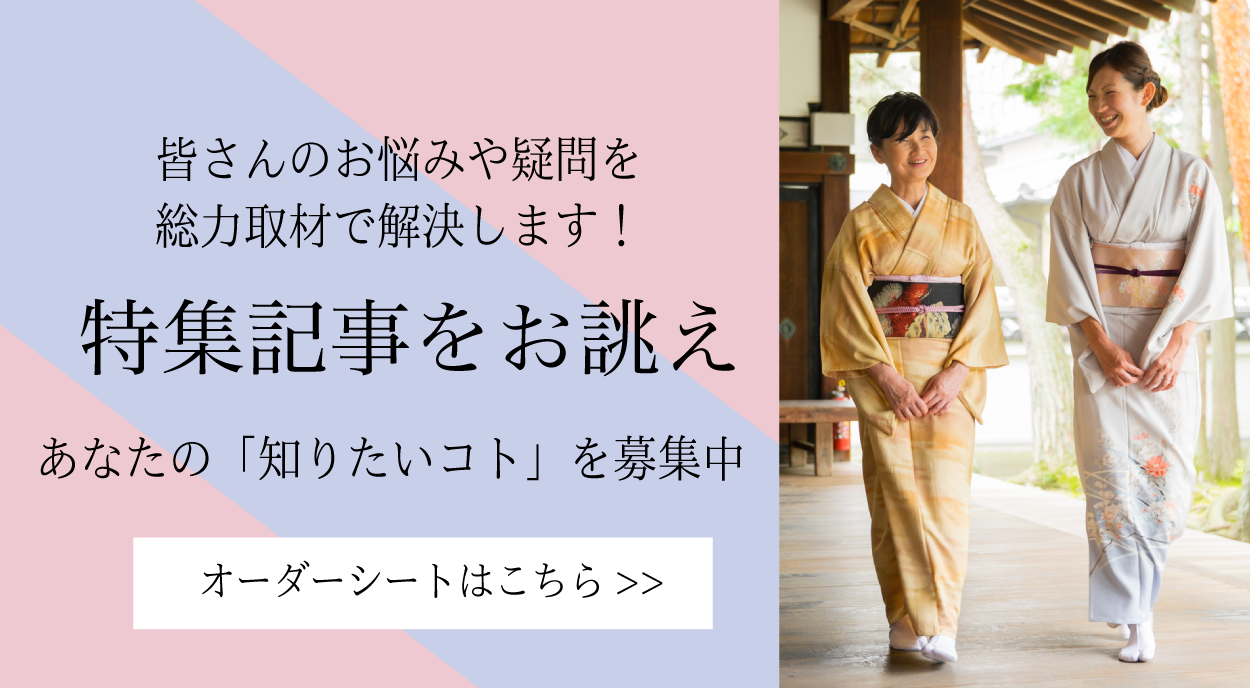結城紬
Pronunciation: Yuki-tsumugi
Production area: Yuki City, Ibaraki Prefecture
Yuki-tsumugi is a luxurious silk fabric produced in Ibaraki Prefecture, known for its warmth and comfort created by hand-spun threads made from floss silk (mawata). This process allows the yarn to retain air, giving the fabric its soft, insulating quality. The fertile land along the Kinugawa River, at the foot of Mt. Tsukuba in the Kanto Plain, has long been a prosperous sericulture area. The history of Yuki-tsumugi dates back to the Nara period (710–794), with records of its use as tribute to the Imperial Court. The fabric called ashiginu (hand-spun thick silk cloth), considered the prototype of tsumugi weaving across Japan, was already being produced at that time. During the Kamakura period, it was known as Hitachi Tsumugi and was fostered under the protection of the Yuki clan, later officially named Yuki-tsumugi in 1602. In the Edo period, techniques from Ueda in Shinshu and Nishijin in Kyoto were introduced, further raising its reputation. A representative pattern is the Kikko (tortoiseshell), expressed in fine counts such as 80, 100, or 160. Light, durable, and wrinkle-resistant, Yuki-tsumugi is often described as a fabric that “gains character after being worn by three generations.” All processes are done entirely by hand, with three stages—hand-spinning, kasuri binding, and weaving on a traditional back-strap loom (jibata)—designated as Important Intangible Cultural Properties of Japan in 1956. In 1977, Yuki Tsumugi was recognized as a Traditional Craft by the Ministry of Economy, Trade and Industry, and in 2010, Honba Yuki-tsumugi was inscribed on UNESCO’s Intangible Cultural Heritage list.

